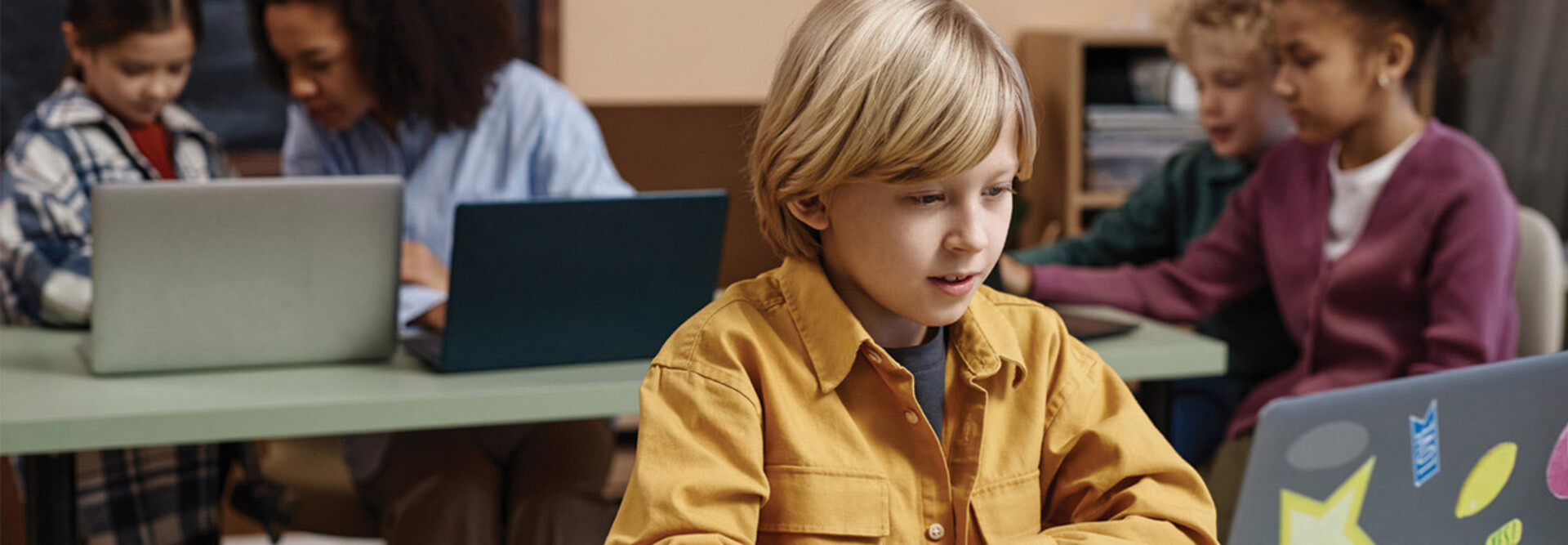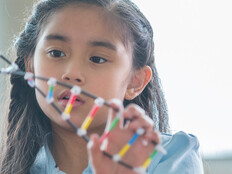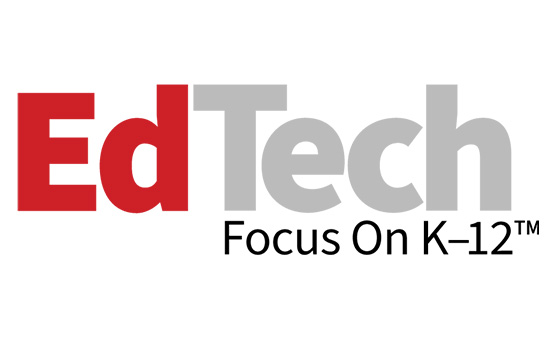The game, which is aligned to ISTE standards for digital citizenship, presents students with a series of engaging, age-appropriate scenarios. For example, one quiz asks them to use their detective skills to determine if bunnies lay eggs like chickens.
When I tested the prototype with students, the feedback was immediate and eye-opening. I quickly learned that first and second graders have very different preferences. First graders loved it when the game cheered and shot balloons in the air, while second graders wanted to know why an answer was right or wrong. This vital turning point confirmed that I needed to develop a unique, grade-specific experience for the game to be truly effective.
To support our teachers, I’ve created a suite of resources including lesson plans, worksheets and printable detective badges to bring the experience to life in the classroom.
My philosophy is simple: If it’s gamified, they will learn something, because they will play that game again and again. Will they read a worksheet again and again?
Improving Digital Literacy for Students Around World
This journey is more than an academic exercise. It is a profound labor of love, driven by the faces of the students I see every day. Every balloon that pops up for a correct answer and every explanation that clarifies a misconception is a small step toward the larger goal of arming our children with a shield of critical thinking.
Through the resources on my website, we are building an essential life skill for the 21st century. My hope is that this project not only serves my students but students across the globe and inspires a broader movement to place digital literacy at the heart of early education.
NEXT STEP: Protect students from more than misinformation with content filtering solutions.











